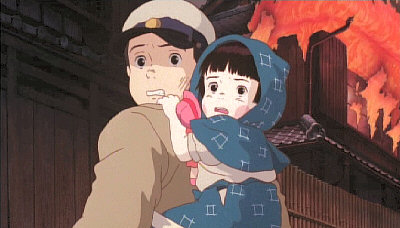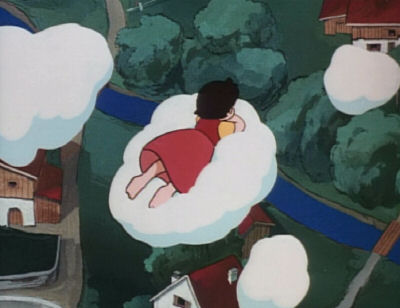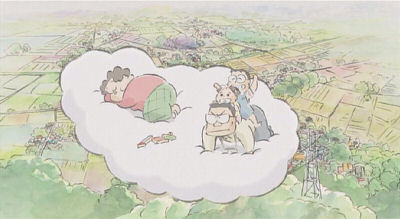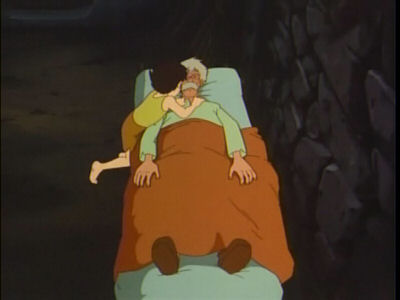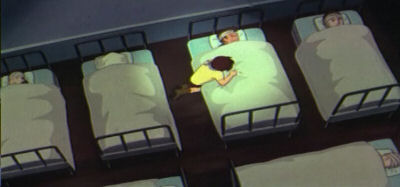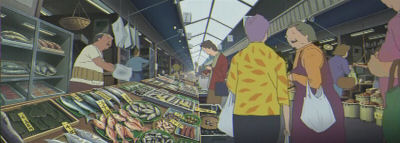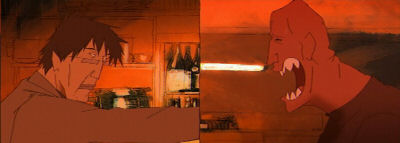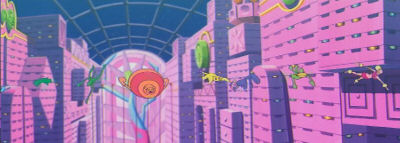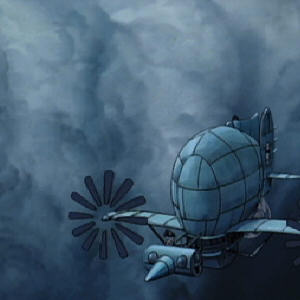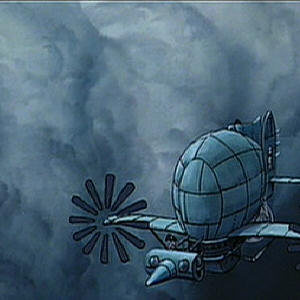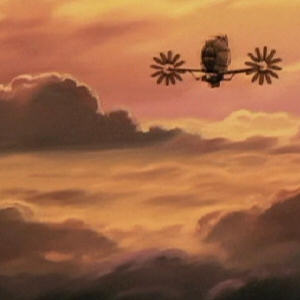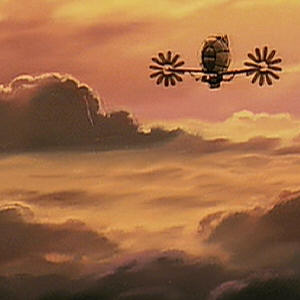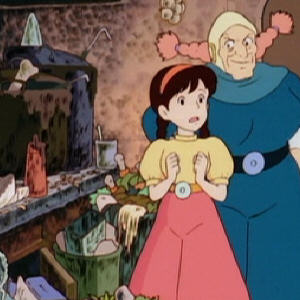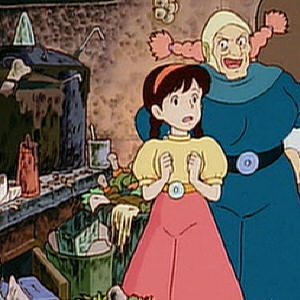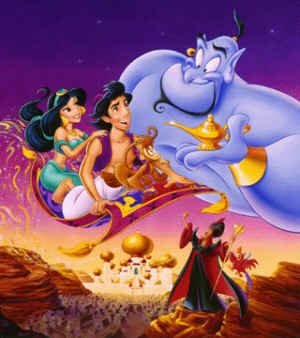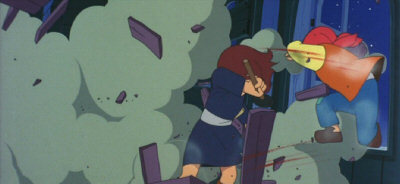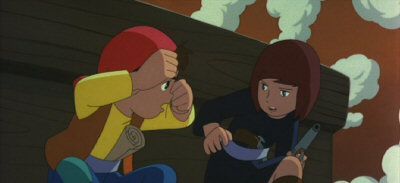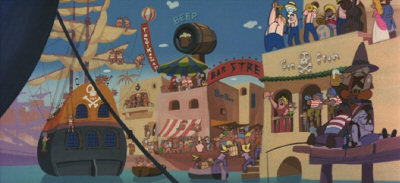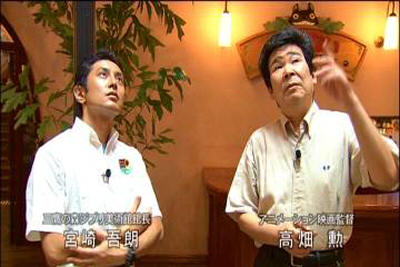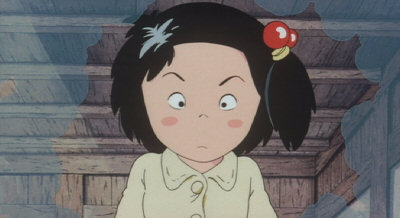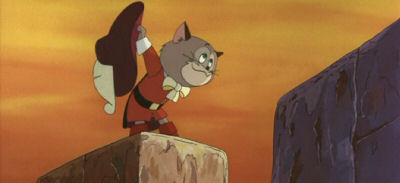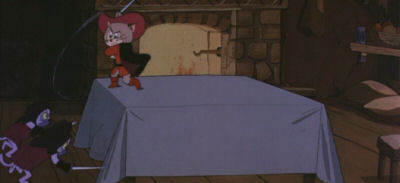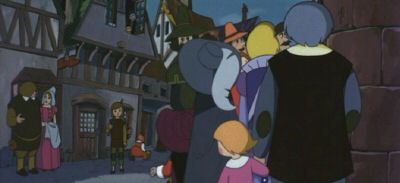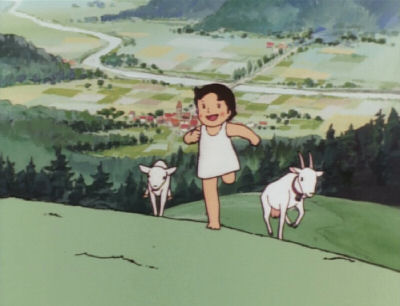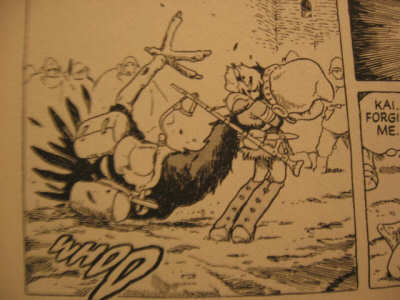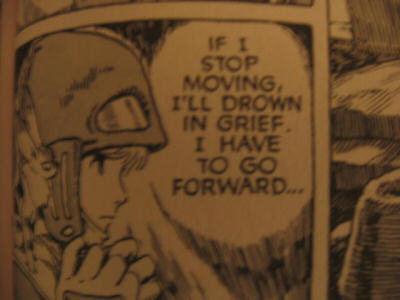 Today I am sad to report that we have lost our greatest living American movie director. Robert Altman made many of the finest movies of our lifetimes, and he was one of the true film artists. I think the only overtly commercial picture he ever made was Popeye, way back when. He always stuck to his own unique style, telling stories that interested him, and throwing a wide canvas to many of our greatest actors.
Today I am sad to report that we have lost our greatest living American movie director. Robert Altman made many of the finest movies of our lifetimes, and he was one of the true film artists. I think the only overtly commercial picture he ever made was Popeye, way back when. He always stuck to his own unique style, telling stories that interested him, and throwing a wide canvas to many of our greatest actors.I'm sure each of you has their own Altman memories, from the man or his movies. Here's a little antecdote from me. When I was growing up, my grandfather was virtually addicted to the Popeye movie. It's not a movie that anyone really remembers fondly (Robin Williams refers to his lost-in-drugs days as "the Popeye years"), but for years this was the first video my grandfather would show off to visitors. "The Popeye movie! Let's watch the Popeye movie!"
I don't think anyone in my immediate family knows who Robert Altman is. Until I mention The Popeye Movie.
Also, I'd like to note something about that picture that's probably lost to most thinkers today. Was it a good movie? Not really. Was it a bad movie? No, not really. The really distinctive thing about Popeye was the way that Altman gleefully trashed and toyed with the original characters. It really is a warped interpretation, like throwing the Popeye characters into an alternate universe that's quirky, funny, and extremely surreal.
You'll never see this unorthodox treatment for, say, the Harry Potter franchise. Because that's exactly what it is - a corporate, commercial franchise, a money-making scheme. You can't make any real changes for fear of alienating that built-in audience that's expecting no surprises. Altman would have none of that. Even on a weaker picture like Popeye, he's willing to charge ahead, much up the formula, and repaint the canvas on his terms. He was an artist in an age of corporatism.
Now the Supreme Being has Altman all to Himself. May his soul be at peace.

